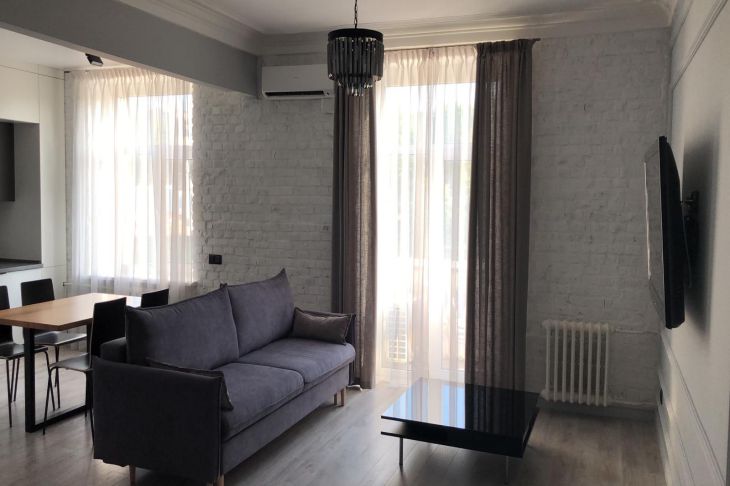Cause stress and make you nervous: 3 main irritants in the interior
Surrounding objects can subconsciously influence a person's state.
At the same time, sometimes some not entirely successful interior design solutions can cause stress and tension.
Yulia Tychino, an expert on interior design and interior design, spoke in more detail about the unobvious irritants in the interior.
Bright colors
The influence of color on a person's condition should not be underestimated.
Some shades can be calming, while certain tones, on the contrary, irritate the nervous system.

The latter in this case include yellow and red colors.
If there are too many of these bright shades in the interior, they can lead to mood swings and emotional outbursts.
You should also be careful with the color blue and use it in moderation.
Too much concentration of this shade can cause anxiety.
Therefore, the amount of bright elements should be measured and used only as accents.
Incorrect materials
Tactile sensations from unpleasant materials can also increase irritability.
But in such a situation it may be individual.
For example, some people may not like leather furniture, while others may not tolerate contact with wool items.
Uncomfortable furniture
When choosing furniture for your home, you should pay attention not only to its appearance.
In this case, its practicality and convenience must also be assessed.
After all, fashionable furniture that causes discomfort can also be a source of stress.
Therefore, before purchasing, it is worth “testing” the furniture and assessing its comfort.
Previously we wrote about how to choose furniture for a studio.
